
When we work with children with Autism Spectrum Disorder (ASD), compliance and attention are some of the common problems that therapists and parents always encounter. In order to have an effective training process, it is important to have some powerful reinforcers ready before we start our practice. These are some helpful tips to guide you how to choose the right reinforcers.
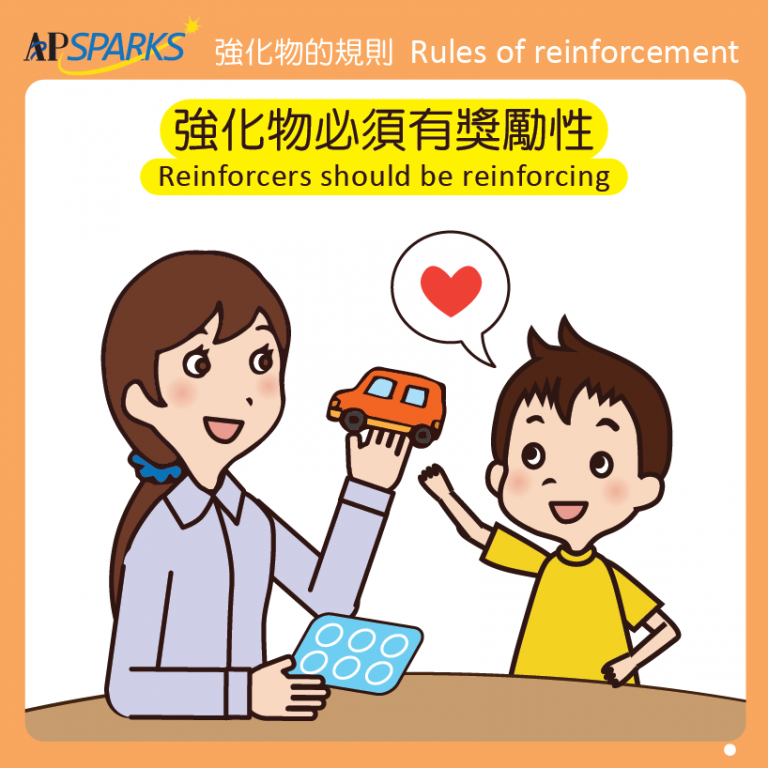
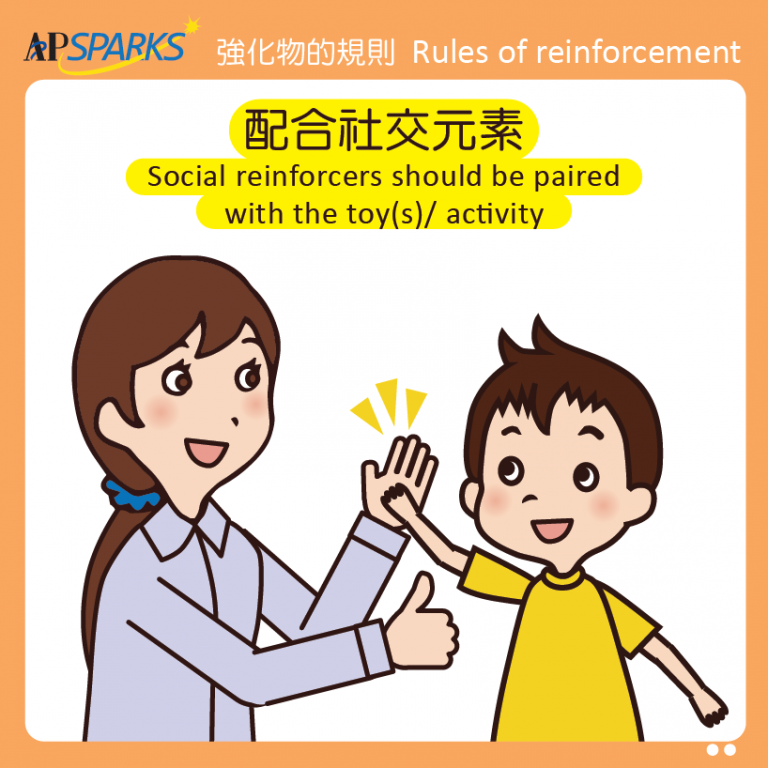

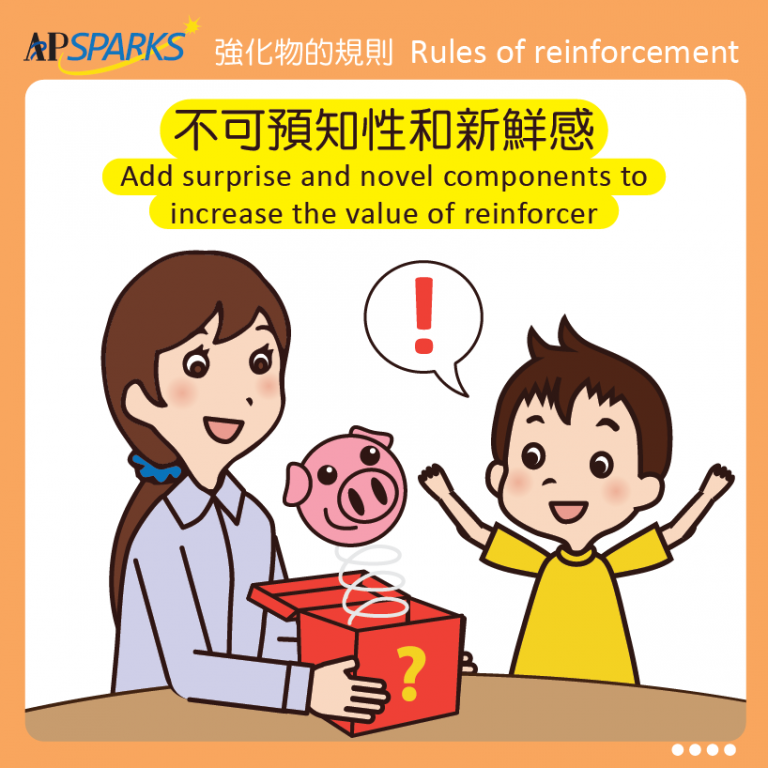
Related Article: Applied Behavior Analysis – 15 rules of reinforcement (Part 2)

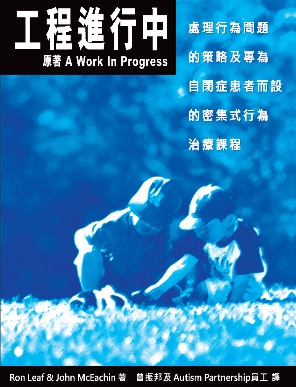 |
A Work in ProgressA Work In Progress A comprehensive guide for any parent or professional working with autistic children |
Christy Lai , M.Sc., BCBA, Behavioral Consultant
 |
Ms. Christy Lai is a Board Certified Behavior Analyst with a Master of Science in Applied Behavior Analysis from St. Cloud State University and a Bachelor of Arts in Psychology from the University of Michigan, Ann Arbor. Ms. Lai joined Autism Partnership (AP) in 2011 and she has extensive experience in working with children with ASD. Ms. Christy Lai currently take lead of the case supervision in the new established AP Beijing center. At the same time, she oversees the Little Learners program in Hong Kong and Shanghai and consults families in Asia. She directs overseas training to staff in the Train the Trainer program and provides parent education to families with children with ASD. She also conducts Jumpstart and PIIP programs locally and internationally. In additions, she is keen to take part in overseas ASD conferences and take lead of the design and production of AP teaching materials. Moreover, she helps with producing ABA training videos and articles in the APSPARKS website for public education. |
Follow our Facebook and WeChat to learn more ABA skills.
Facebook: APautism
WeChat ID: AP-APHK

Every little life is a special present for a family. From the time a baby is born, parents journey through lots of highs and lows, wishing for their child to grow up with a big smile, make great friends, find their own way in a job they love, and create a happy family. However, for […]
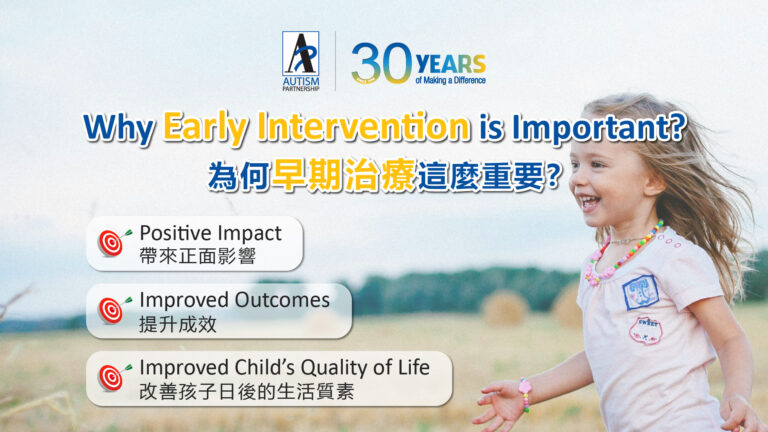
Autism Spectrum disorder can be diagnosed as early as 18 months. Research shows strong evidence on how effective Applied Behavior Analysis (ABA) can help children with Autism. It helps to deal with children’s challenging behaviors such as inattention, aggression, self-stimulation, etc. Howard, et al (2005) conducted a study to compare the effectiveness of 3 treatment […]

In today’s society where information flows freely, parents can easily receive different messages. However, these messages are often debatable or even wrong. Believing wrong information can easily lead to misguided choices and delay treatment, the consequences of which may last a lifetime. When conducting one-on-one consultations with parents, I often hear the following misguided views […]
Please share to let more people learn about ASD and ABA therapy:
AP holds the belief that with quality Autism Partnership Method (APM) treatment, individuals with autism should reach their fullest potential and achieve the greatest degree of independence and highest quality of life possible.

Sign up now to get ABA and Autism related news delivered to your inbox. Enter your email to get started
Hong Kong Center
Kowloon Center

All information received will always remain confidential. We will contact you as soon as we review your message. Thanks